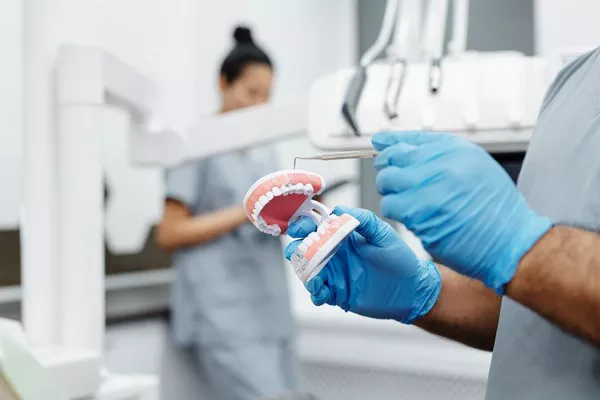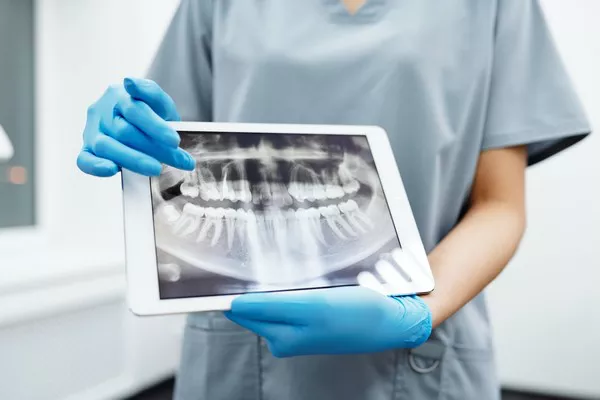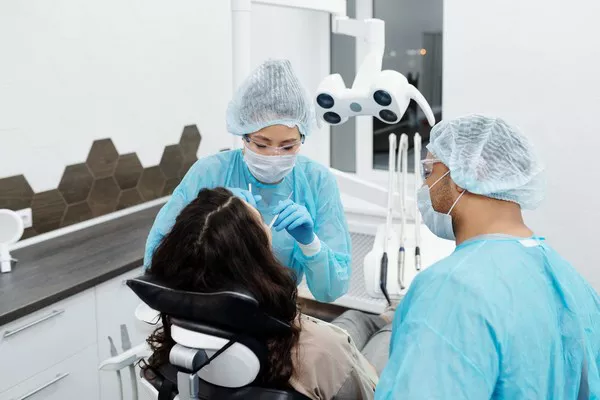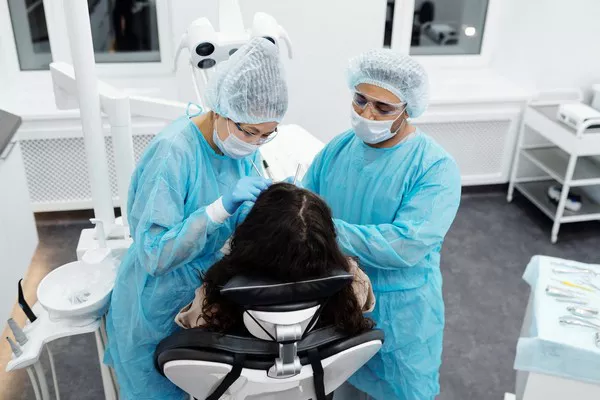Orthodontic appointment costs can vary based on several factors, including the type of treatment, the complexity of the case, the duration of treatment, and the geographic location. It is important to note that the following information provides a general overview and actual costs may vary depending on individual circumstances and specific orthodontic practices.
Type of Orthodontic Treatment:
Traditional Metal Braces: The cost of metal braces can range from $3,000 to $7,000 or more.
Ceramic Braces: Ceramic braces are typically more expensive than metal braces, with costs ranging from $4,000 to $8,000 or more.
Lingual Braces: These braces are placed on the inner surface of the teeth and tend to be more expensive, usually costing between $8,000 and $10,000 or more.
Invisalign or Clear Aligners: Invisalign treatment generally ranges from $3,000 to $8,000 or more, depending on the complexity of the case and the number of aligners required.
Complexity of the Case:
Mild Cases: Mild cases that require minimal tooth movement may have lower treatment costs compared to more severe cases.
Moderate Cases: Moderate cases with moderate misalignment or bite issues may fall within the average price range for orthodontic treatment.
Severe or Complex Cases: Severe cases that involve significant tooth movement, crowded teeth, or complex bite problems may require more extensive treatment and therefore have higher costs.
Duration of Treatment:
Average Treatment Duration: The average duration of orthodontic treatment is typically around 1 to 3 years. Longer treatment durations may result in higher overall costs.
Extended Treatment Duration: In certain cases where extensive correction is needed, treatment can extend beyond 3 years, leading to additional costs.
Geographic Location:
Urban vs. Rural Areas:
Orthodontic treatment costs tend to be higher in urban areas due to higher overhead expenses.
Cost-of-Living Variations:
The cost of living in a particular region can influence orthodontic fees. Urban areas with higher costs of living may have higher treatment costs compared to rural areas.
How many visits before you get braces?
The number of visits before getting braces can vary depending on the individual’s specific case and the orthodontist’s treatment approach. Typically, there are a few essential steps involved in the process leading up to the placement of braces, which may require several appointments:
Initial Consultation (1 visit):
1.During the initial consultation, you will meet with the orthodontist to discuss your oral health concerns, desired outcomes, and treatment options.
2.The orthodontist will conduct a comprehensive examination, which may include taking X-rays, photographs, and impressions of your teeth.
Treatment Planning and Discussion (1 or more visits):
1.After reviewing the diagnostic records, the orthodontist will create a personalized treatment plan tailored to your specific needs.
2.The treatment plan will be discussed with you, covering details such as the type of braces recommended, estimated treatment duration, and cost.
Preparatory Appointments (1 or more visits):
1.Before placing braces, preparatory procedures may be required, such as tooth extractions or addressing any existing oral health issues like cavities or gum disease.
2.These appointments ensure that your teeth and gums are in good condition to begin orthodontic treatment.
Braces Placement (1 visit):
1.Once the prep work is complete, the appointment for braces placement is scheduled.
2.During this visit, brackets are bonded to your teeth using dental adhesive, and archwires are attached to guide tooth movement.
3.The orthodontist will provide instructions on how to care for your braces and any necessary dietary modifications.
Following the braces placement, regular adjustment appointments will be scheduled approximately every 4 to 8 weeks throughout the course of treatment. These adjustment visits allow the orthodontist to make necessary adjustments to the wires and monitor the progress of tooth movement.
It’s important to note that the number of visits can vary based on individual factors, such as the complexity of your case and any additional procedures required. Your orthodontist will provide you with a personalized treatment plan that includes the estimated number of visits before getting braces and throughout the treatment process.
Remember to maintain regular dental check-ups and practice proper oral hygiene during your orthodontic treatment to ensure optimal oral health and successful outcomes.
It is important to consult with an orthodontist to get an accurate estimate of the cost of orthodontic appointments. Factors such as treatment plan complexity, additional procedures (such as extractions or surgical orthodontics), and post-treatment care (including retainers) can also impact the overall cost. Additionally, dental insurance coverage, flexible spending accounts (FSAs), health savings accounts (HSAs), and financing options can help individuals manage the cost of orthodontic appointments more effectively.
Related Topics:





























